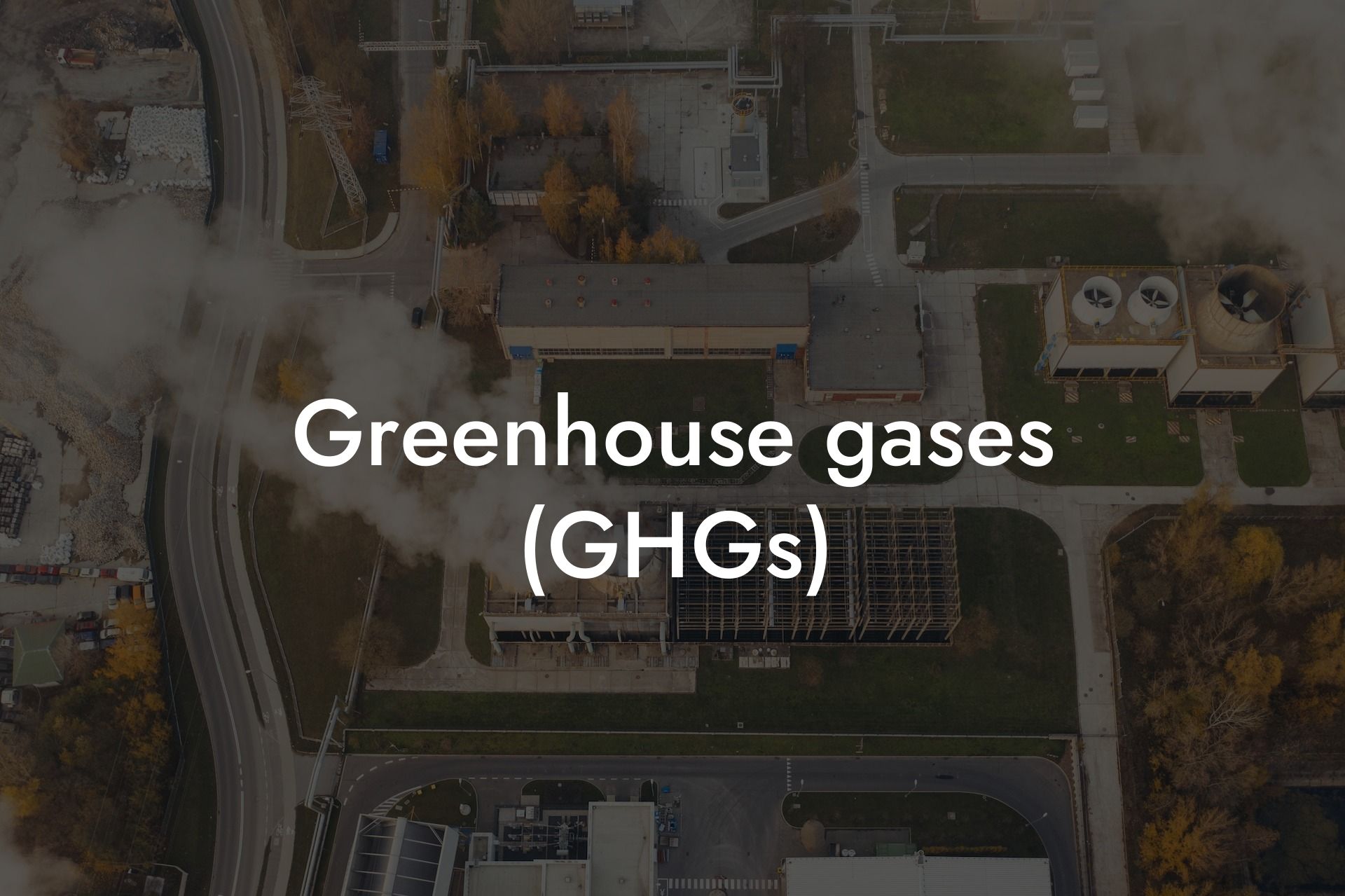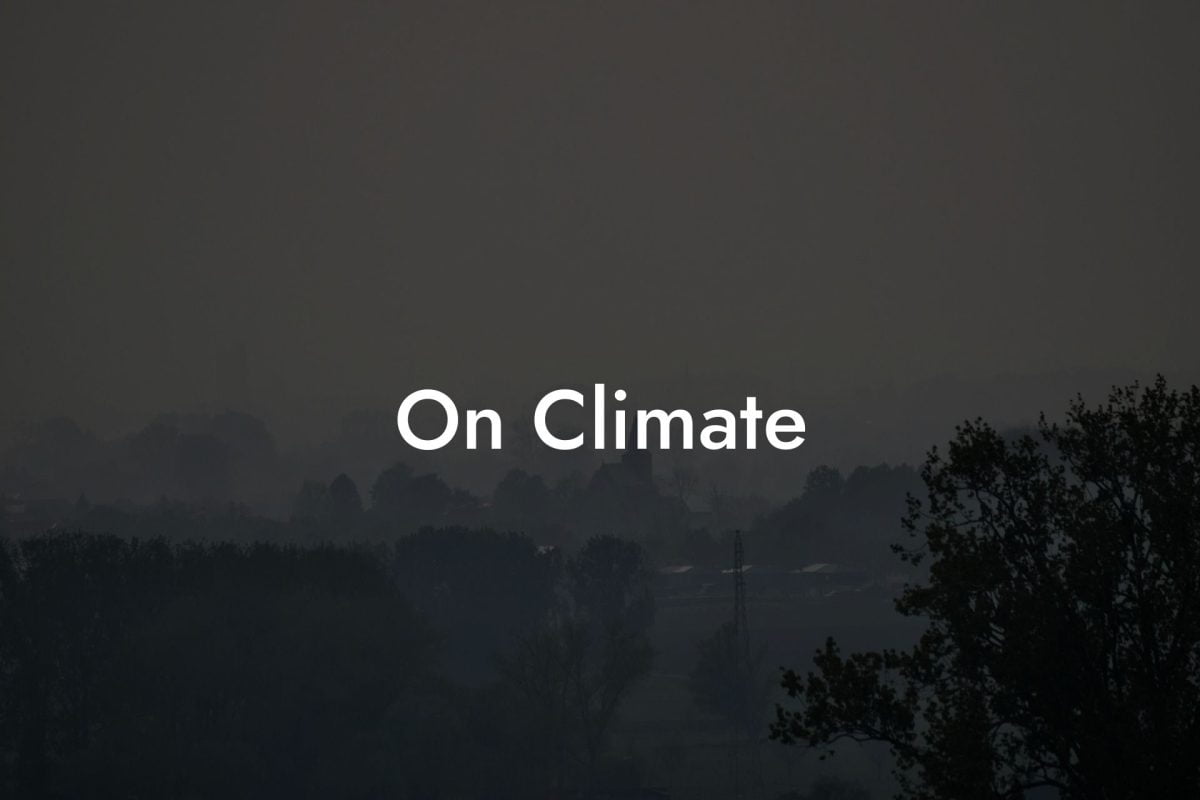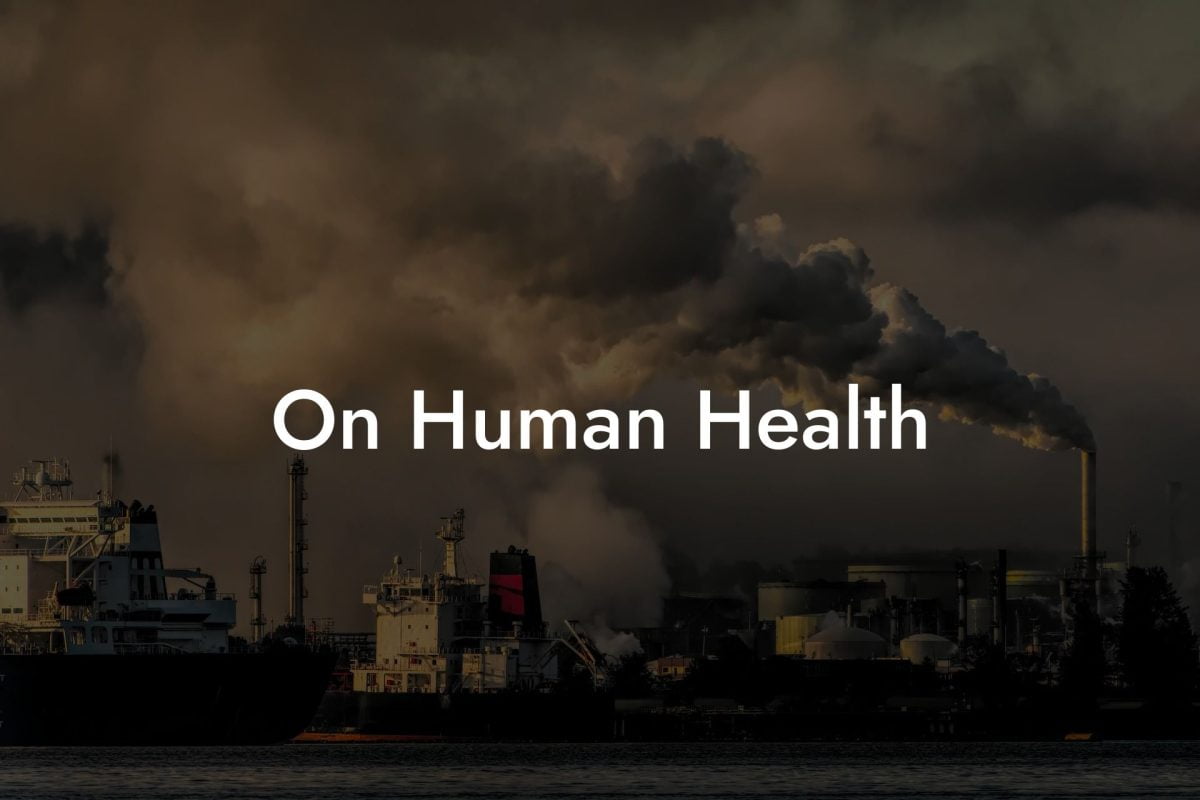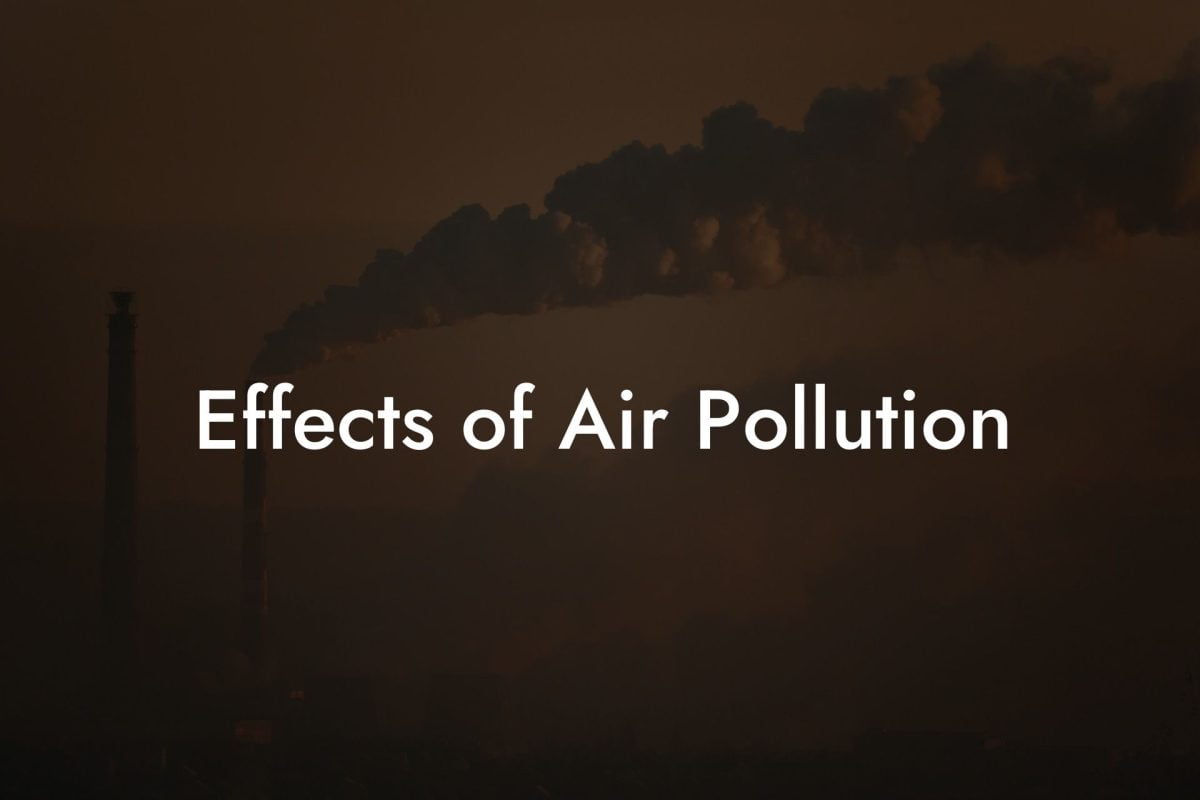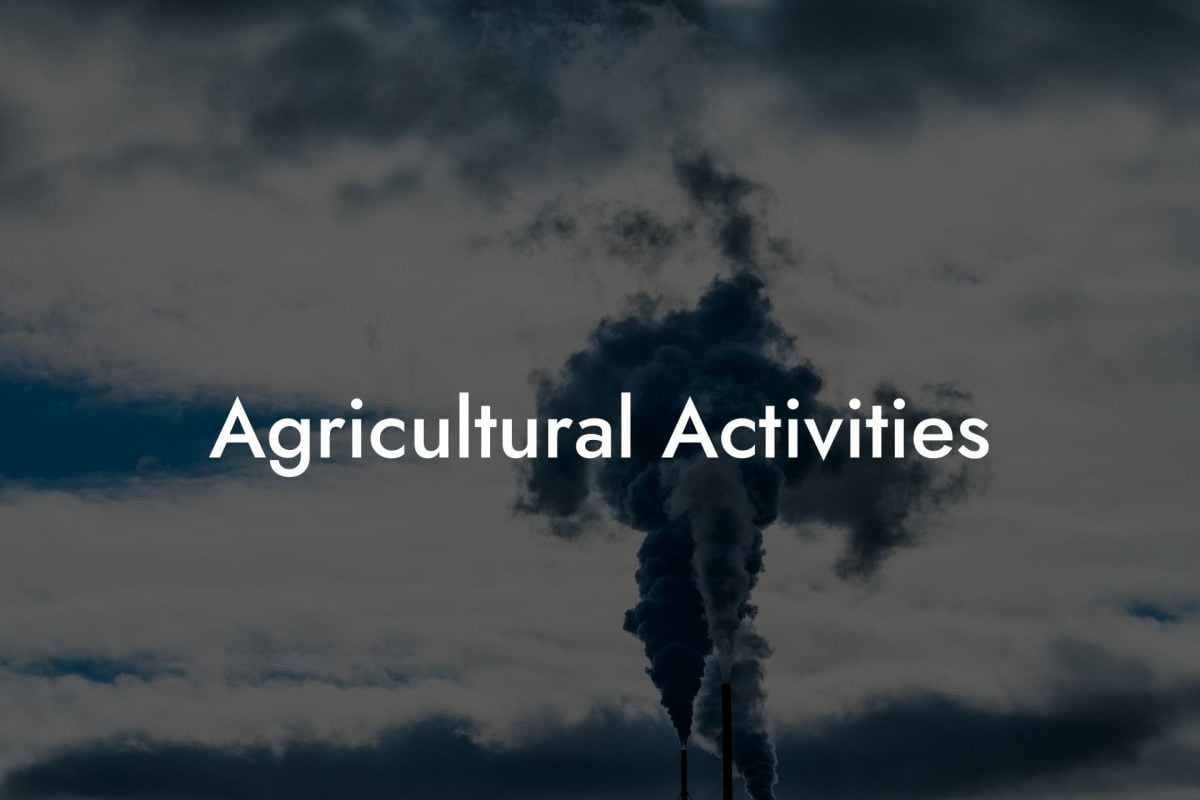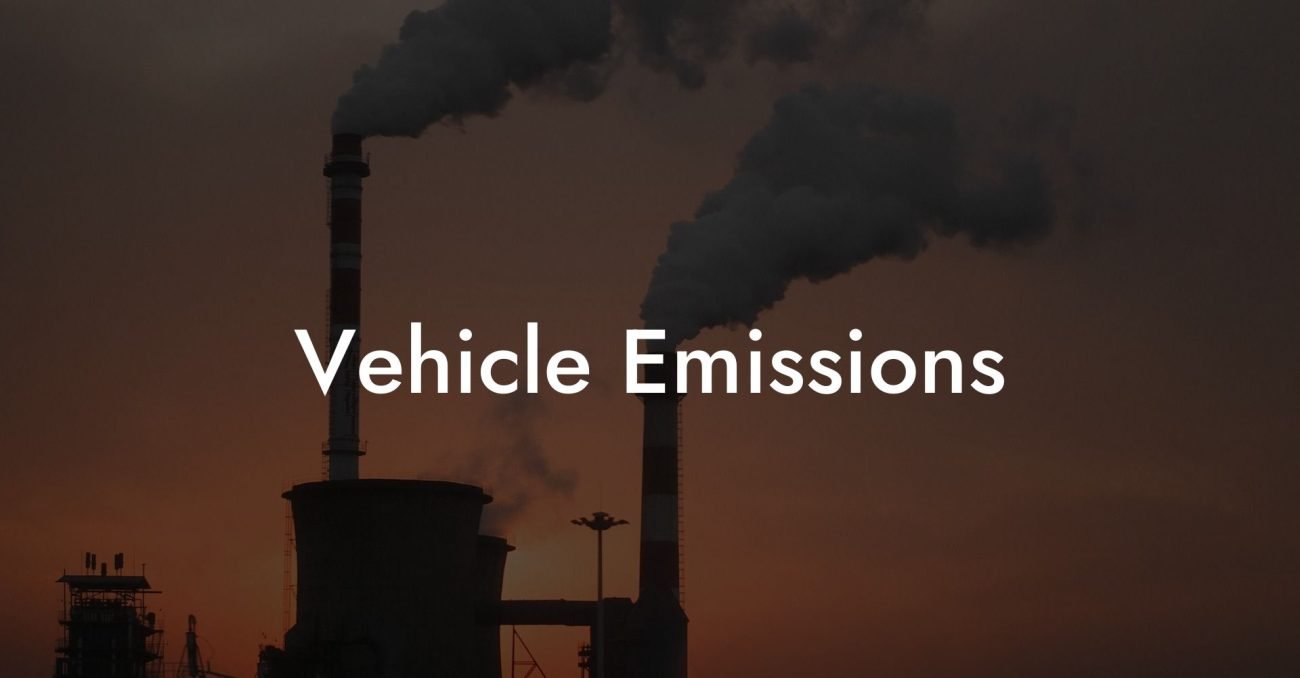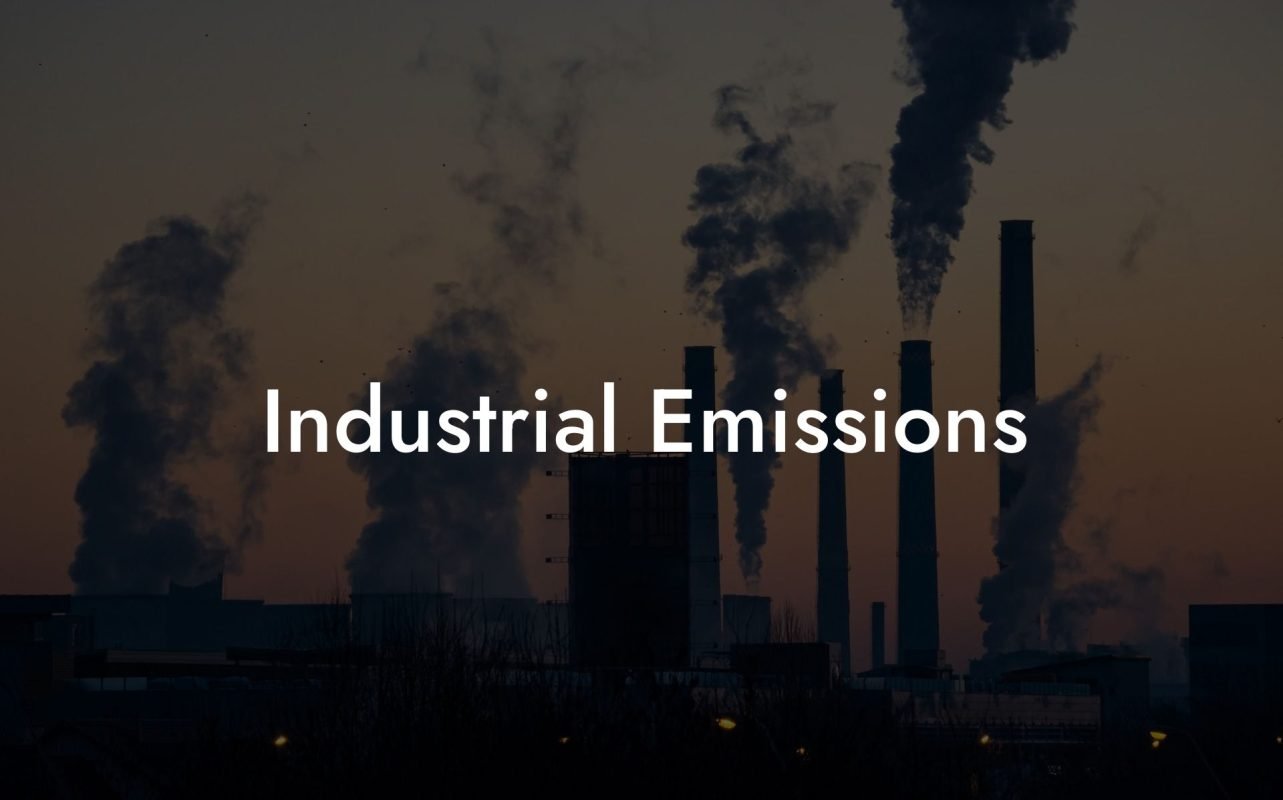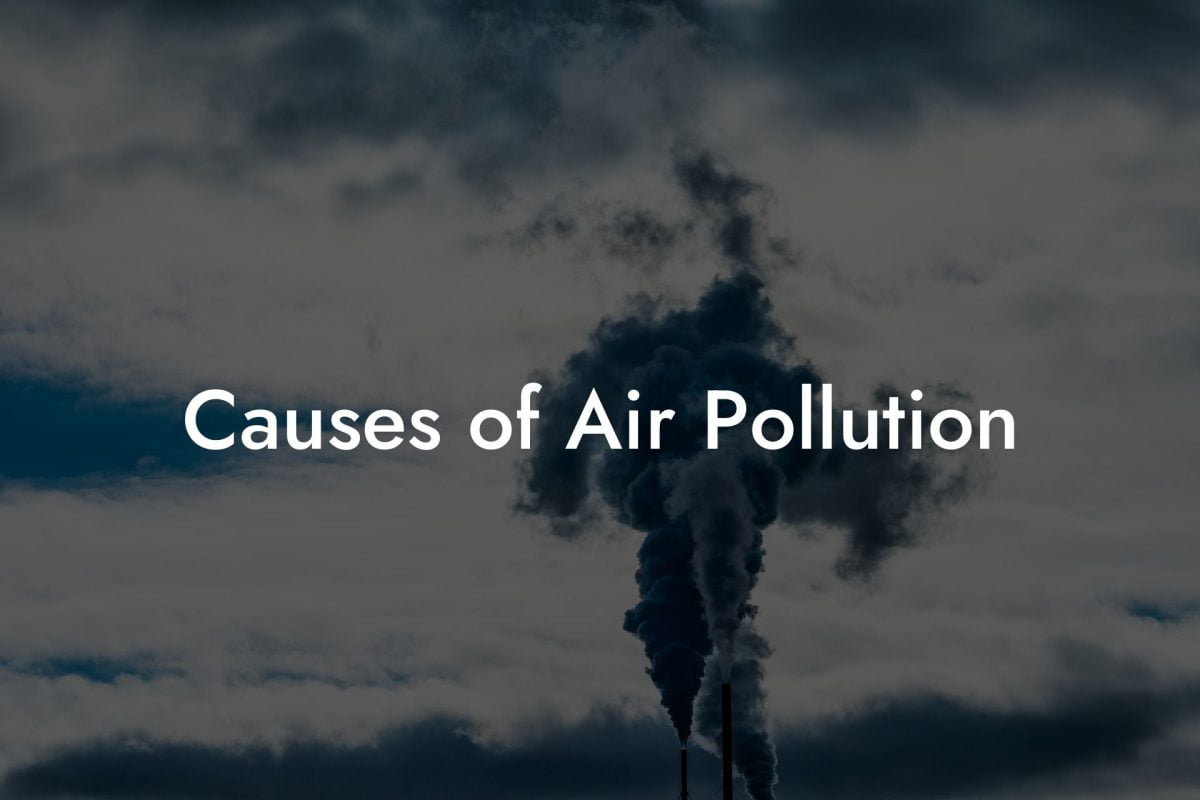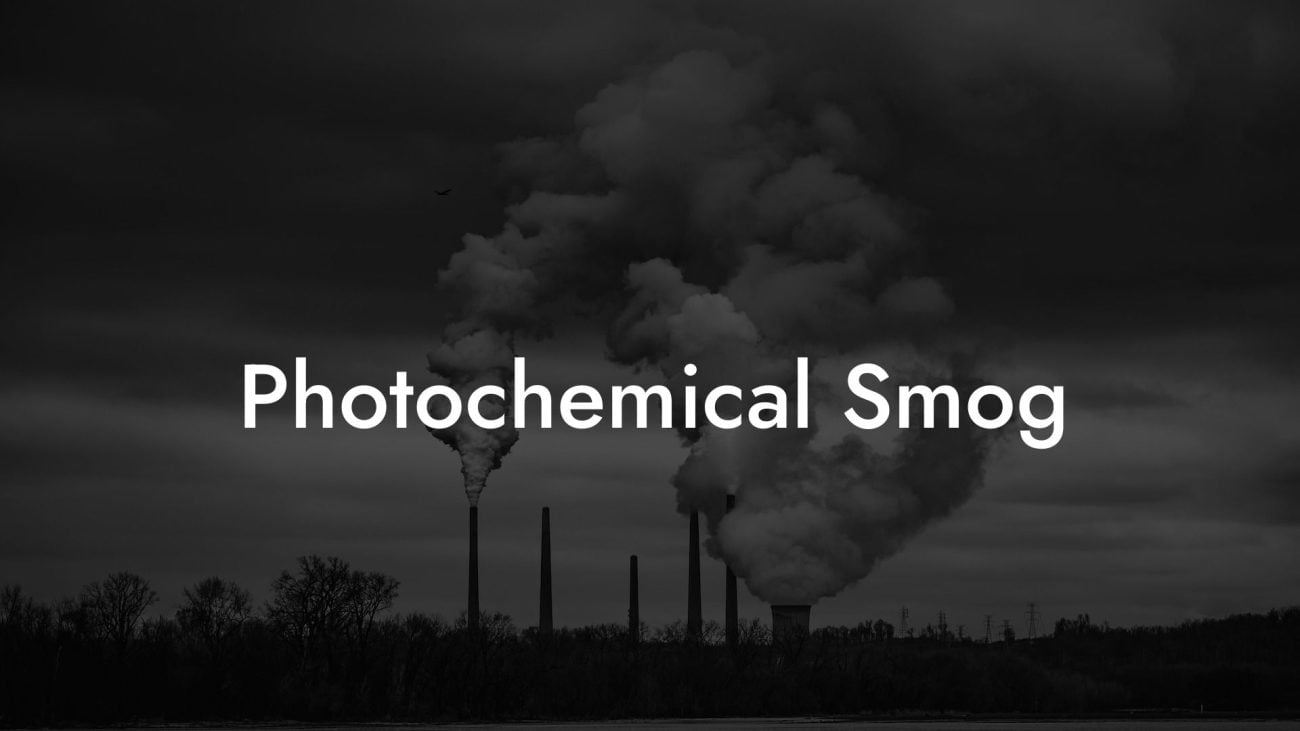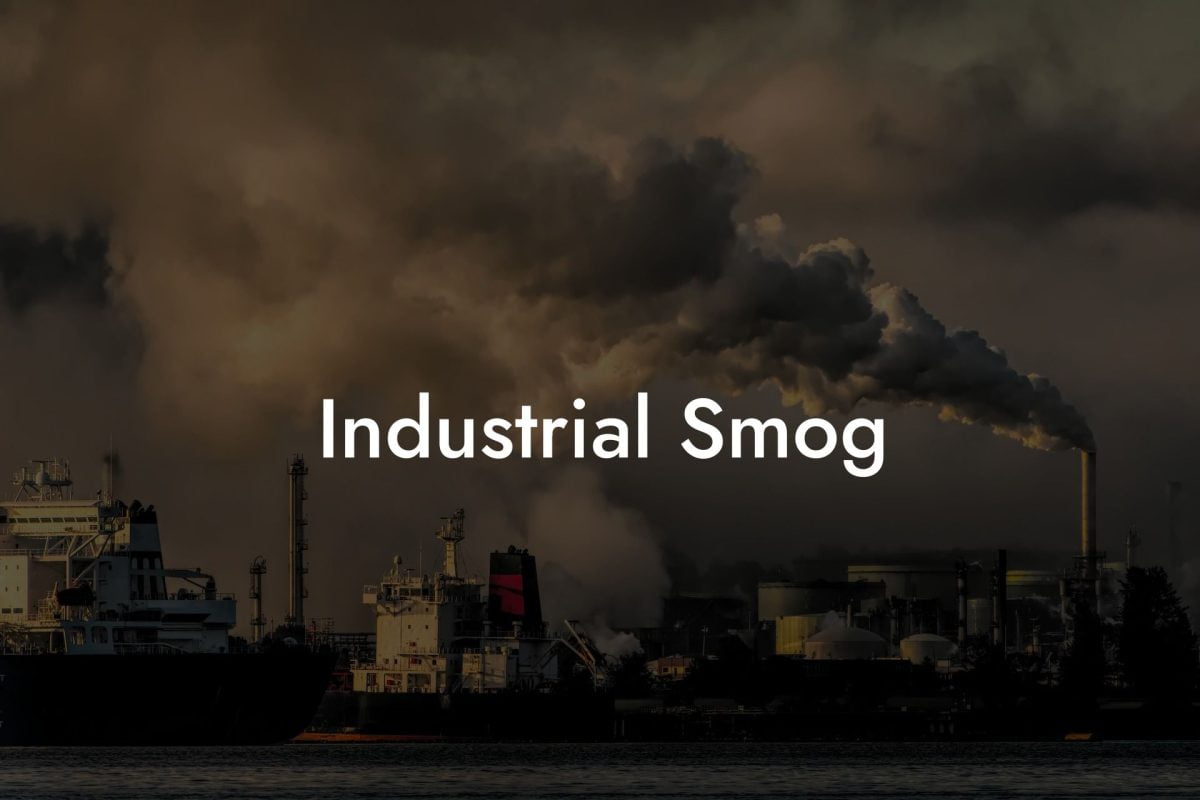Introduction to Greenhouse Gases
Greenhouse gases (GHGs) play a crucial role in Earth's climate system. These gases trap heat in the atmosphere, contributing to global warming and climate change, with significant implications for air quality and public health.
What are Greenhouse Gases?
Greenhouse gases include carbon dioxide (CO2), methane (CH4), nitrous oxide (N2O), and fluorinated gases. They absorb and emit radiation within the thermal infrared range, leading to the greenhouse effect.
Major Greenhouse Gases
Carbon Dioxide (CO2)
CO2, the primary GHG emitted through human activities, is primarily produced from burning fossil fuels, deforestation, and other land use changes.
Methane (CH4)
Methane, a more potent GHG than CO2, is released during the production and transport of coal, oil, and natural gas, as well as from livestock and other agricultural practices.
Nitrous Oxide (N2O)
N2O, emitted from agricultural and industrial activities, as well as from combustion of fossil fuels and biomass, also contributes significantly to climate change.
Fluorinated Gases
These are synthetic, powerful GHGs emitted from a variety of industrial processes and often used as substitutes for ozone-depleting substances.
Sources of Greenhouse Gases
Energy Production
The burning of fossil fuels for electricity, heat, and transportation is the largest source of GHG emissions.
Agriculture
Agricultural practices, including livestock farming and rice cultivation, contribute to methane and nitrous oxide emissions.
Industrial Processes
Manufacturing industries emit a range of GHGs, including CO2, methane, nitrous oxide, and fluorinated gases.
Waste Management
Landfills produce methane as organic waste decomposes anaerobically.
Impact on Climate
Global Warming
The increase in GHGs in the Earth's atmosphere is causing the planet's average surface temperature to rise, leading to global warming.
Extreme Weather Events
Increased GHGs are linked to more frequent and severe weather events, such as hurricanes, droughts, and heatwaves.
Sea Level Rise
The melting of polar ice caps and glaciers due to global warming, driven by increased GHGs, is leading to sea level rise.
Health and Environmental Implications
Higher levels of GHGs can lead to poorer air quality, exacerbating respiratory and cardiovascular diseases.
Biodiversity Loss
Climate change driven by GHGs affects ecosystems and species, leading to biodiversity loss.
Strategies for Mitigation
Renewable Energy
Transitioning to renewable energy sources like wind, solar, and hydroelectric power can significantly reduce CO2 emissions.
Energy Efficiency
Improving energy efficiency in buildings, industries, and transportation can reduce GHG emissions.
Sustainable Agriculture
Adopting sustainable agricultural practices can reduce methane and nitrous oxide emissions.
Measurement and Analysis
Accurate measurement and analysis of GHG emissions are crucial for understanding and managing their impact on the climate.
UK Air Pollution: Your Source for GHG Data
Comprehensive GHG Database
UK Air Pollution offers an extensive database of greenhouse gas data across all UK locations and postcodes, making it a vital tool for understanding and addressing GHG emissions.
Why UK Air Pollution?
Our platform provides a professional, dynamic, and informative approach to air pollution data. It is an invaluable resource for researchers, policymakers, and the public for understanding GHG impacts.
Enhance Your Environmental Projects
With UK Air Pollution, gain in-depth insights into greenhouse gas emissions, aiding your research projects, policy development, and environmental initiatives.
Frequently Asked Questions
What Are Greenhouse Gases?
Greenhouse gases are gases in Earth's atmosphere that trap heat. They let sunlight in but prevent some of the heat that the sunlight brings from leaving the atmosphere. This is known as the greenhouse effect.
How Does the Greenhouse Effect Work?
The greenhouse effect occurs when the Earth's atmosphere traps solar radiation because of the presence of certain gases, which causes temperatures to rise. This is a natural process that warms the Earth's surface.
What Are the Main Greenhouse Gases?
The primary greenhouse gases in Earth's atmosphere are water vapor, carbon dioxide (CO2), methane (CH4), nitrous oxide (N2O), and fluorinated gases.
Why Are Greenhouse Gases Important?
Greenhouse gases are important because they play a vital role in regulating Earth's temperature. However, human activities have increased the concentrations of these gases, leading to more trapping of heat and a rise in global temperatures.
What Is the Largest Source of Greenhouse Gas Emissions?
The largest source of greenhouse gas emissions from human activities is from burning fossil fuels for electricity, heat, and transportation.
How Does Carbon Dioxide (CO2) Contribute to Global Warming?
CO2 is the most significant greenhouse gas released by human activities, primarily from burning fossil fuels. It accumulates in the atmosphere, trapping heat and contributing to global warming.
What Role Does Methane Play in Climate Change?
Methane is a potent greenhouse gas, about 28 times more effective than CO2 at trapping heat in the atmosphere over a 100-year period. It is released during the production and transport of coal, oil, and natural gas.
How Do Nitrous Oxides Impact the Environment?
Nitrous oxides are powerful greenhouse gases and contribute to the warming of the atmosphere. They are primarily emitted during agricultural and industrial activities, as well as during combustion of fossil fuels and solid waste.
What Are Fluorinated Gases?
Fluorinated gases are synthetic greenhouse gases, including hydrofluorocarbons, perfluorocarbons, sulfur hexafluoride, and nitrogen trifluoride. They are emitted from a variety of industrial processes and are often used as substitutes for ozone-depleting substances.
How Can We Reduce Greenhouse Gas Emissions?
Reducing greenhouse gas emissions can be achieved through using renewable energy sources, increasing energy efficiency, improving waste management, and changing agricultural practices.
What is the Impact of Greenhouse Gases on Oceans?
Greenhouse gases contribute to the warming of ocean temperatures, leading to coral bleaching and disruption of marine ecosystems. They also cause ocean acidification, which affects marine life.
Can Planting Trees Help Reduce Greenhouse Gases?
Yes, trees absorb CO2, one of the greenhouse gases, from the atmosphere during photosynthesis, making afforestation and reforestation effective strategies for reducing atmospheric CO2.
How Do Greenhouse Gases Affect Weather Patterns?
An increase in greenhouse gases can lead to changes in weather patterns. This includes more frequent and severe weather events, such as hurricanes, heatwaves, and heavy rainfall.
What Are Carbon Sinks?
Carbon sinks are natural systems that absorb more carbon than they release. Forests, oceans, and soil are major carbon sinks, helping to remove CO2 from the atmosphere.
How Does Agriculture Contribute to Greenhouse Gas Emissions?
Agriculture contributes to GHG emissions through livestock production, rice cultivation, and the use of fertilizers, all of which produce methane and nitrous oxide.
What Is the Role of Fossil Fuels in Greenhouse Gas Emissions?
Fossil fuels, when burned for energy, release a significant amount of CO2 into the atmosphere. They are the primary source of industrial greenhouse gas emissions.
How Do Greenhouse Gas Emissions Relate to Global Warming?
Increased levels of greenhouse gases in the Earth's atmosphere result in more heat being trapped, leading to an overall warming of the planet
, commonly referred to as global warming. This warming alters climate patterns and has various environmental impacts.
What Are Emission Trading Schemes?
Emission trading schemes, or carbon markets, are systems for controlling pollution by providing economic incentives for reducing emissions of pollutants, particularly CO2. They allow countries or entities to buy and sell emission rights.
Can Renewable Energy Sources Help Reduce GHG Emissions?
Yes, renewable energy sources like wind, solar, and hydroelectric power produce little to no greenhouse gases compared to fossil fuels, and can significantly reduce GHG emissions.
What Are the Health Impacts of Greenhouse Gases?
While greenhouse gases themselves are not directly harmful to health, the effects of climate change (like heatwaves, storms, and air pollution) resulting from increased GHGs can have significant health impacts.
How Does Deforestation Contribute to Greenhouse Gas Emissions?
Deforestation leads to increased greenhouse gas emissions as trees, which absorb CO2, are removed. This reduces the Earth's capacity to absorb CO2, and the burning or decaying of trees releases stored carbon back into the atmosphere.
What Are "Net Zero" Emissions?
"Net zero" emissions refer to achieving an overall balance between the greenhouse gases put into the atmosphere and those taken out. This can be achieved by reducing emissions and enhancing carbon sinks.
How Do Urban Areas Contribute to GHG Emissions?
Urban areas contribute significantly to GHG emissions through energy use in buildings, transportation systems, and industrial activities. Urbanization often leads to increased energy demand and emissions.
What Role Do Oceans Play in Regulating Greenhouse Gases?
Oceans absorb large amounts of CO2 from the atmosphere, helping to regulate global climate. However, increased levels of absorbed CO2 lead to ocean acidification, affecting marine life.
How Can Individuals Help Combat Greenhouse Gas Emissions?
Individuals can reduce their carbon footprint by conserving energy, using public transport, reducing waste, eating a plant-based diet, and advocating for policies that reduce greenhouse gas emissions.


